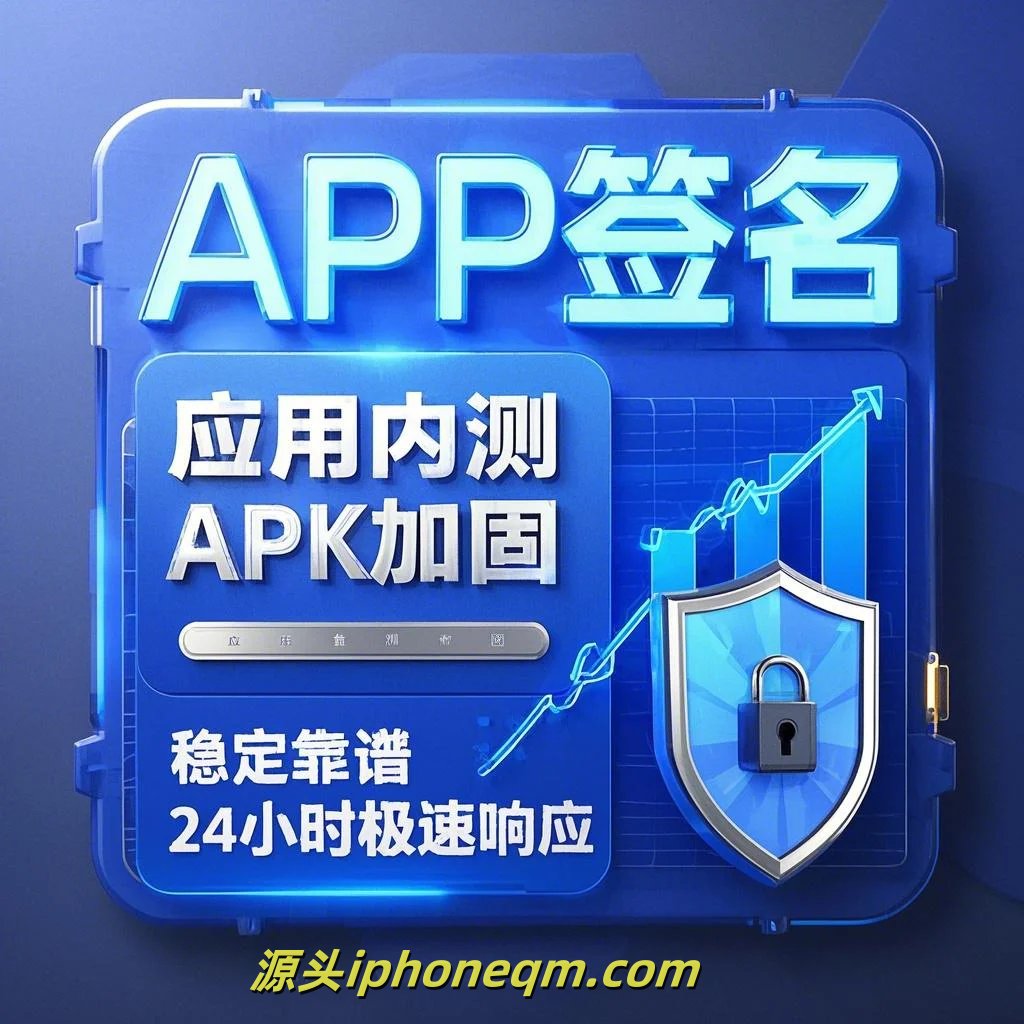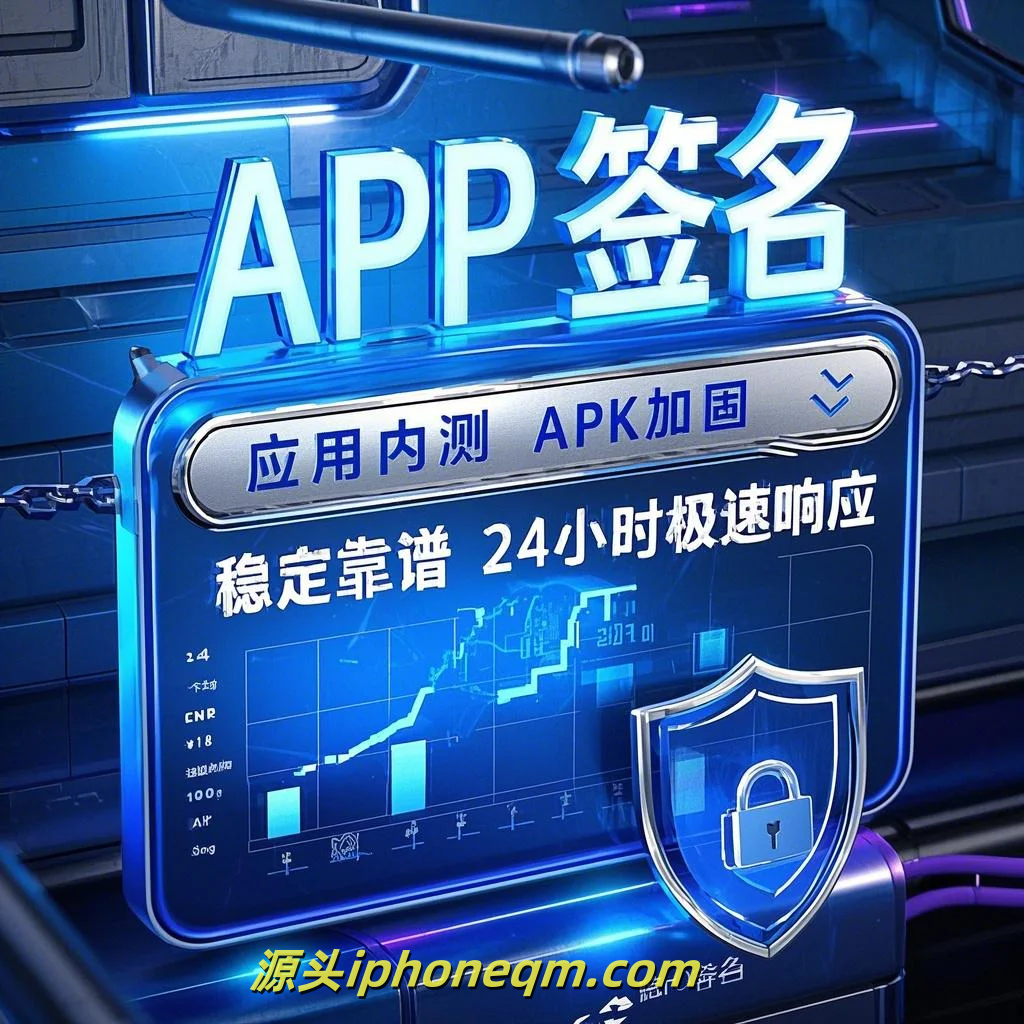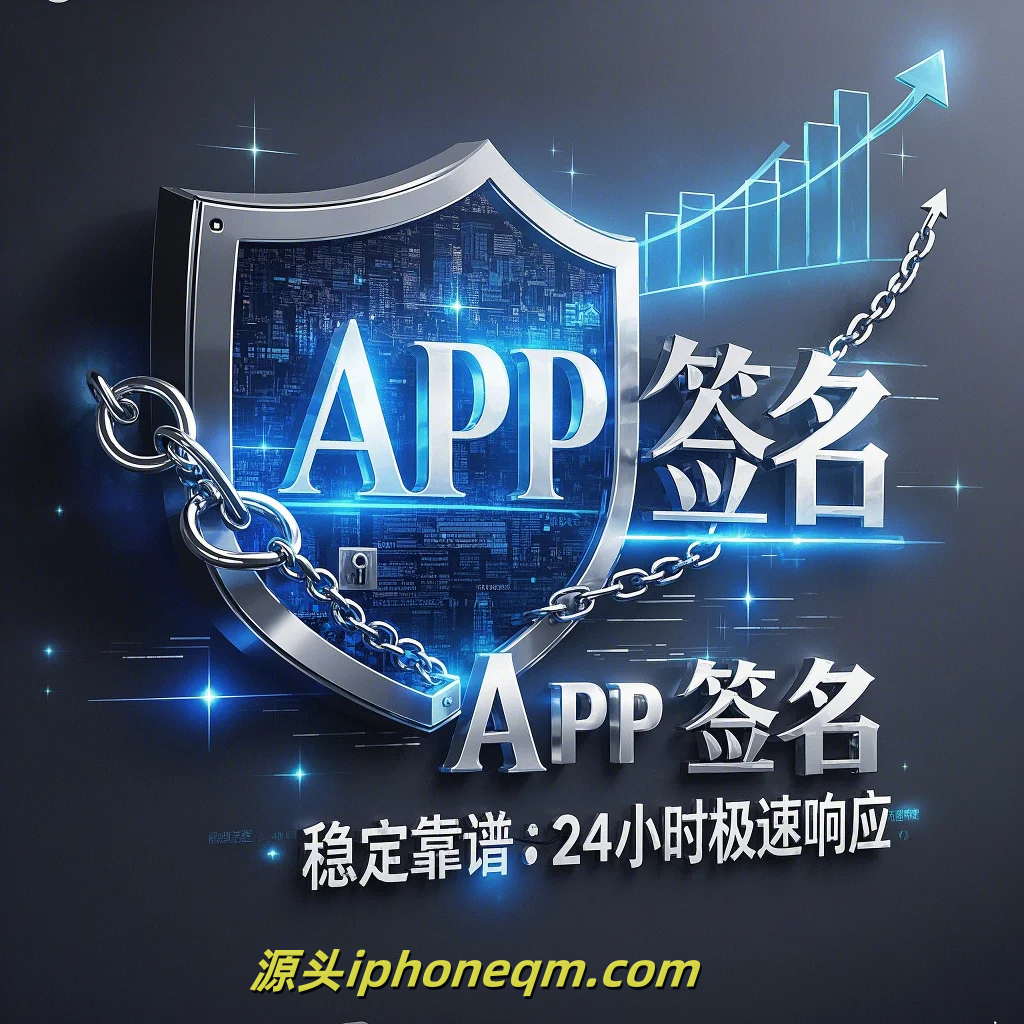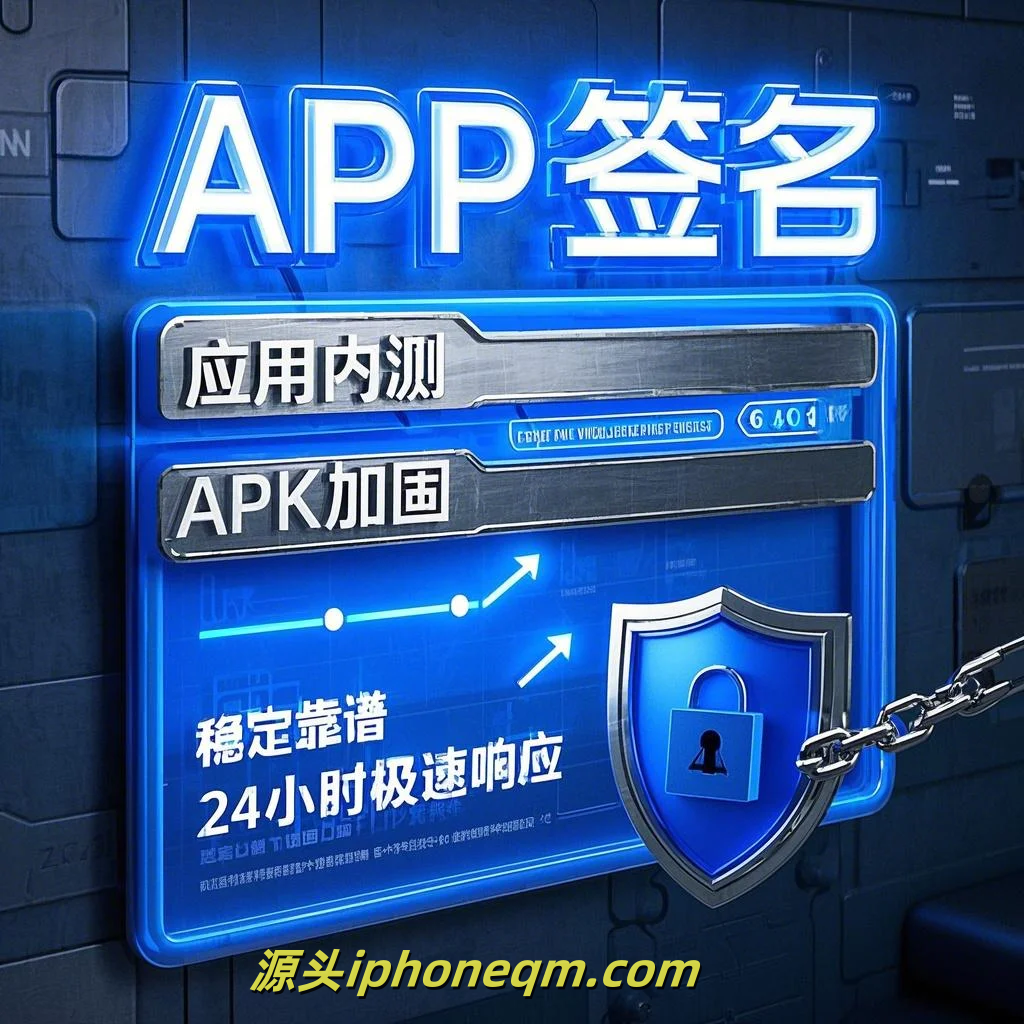The Importance of Mobile App Signing in Security

In today's digital landscape, mobile applications are cornerstones of our daily lives. From communication to banking, shopping to entertainment, we rely heavily on these apps. However, the proliferation of mobile applications also brings about significant security risks. One of the essential practices to safeguard these applications is mobile app signing, a critical yet often overlooked process.
At its core, app signing is a security mechanism that authenticates the identity of the app developer and ensures that the app has not been tampered with since its creation. When a developer signs an app, a unique cryptographic key is applied to the app's data, creating a digital signature. This signature verifies the integrity of the app, providing users with assurances that the application they are using is legitimate and safe.
First and foremost, mobile app signing helps build user trust. When individuals download an app, they want to be sure that it is from a reputable source and has not been modified maliciously. A signed app indicates to the user that the developer has taken necessary precautions to ensure its authenticity. Without this layer of security, users may unknowingly download malicious applications that can compromise their devices and personal data.

Moreover, app signing plays a pivotal role in preventing data breaches. Cybercriminals often leverage modified versions of popular apps to trick users into providing sensitive information, such as passwords and credit card numbers. By ensuring that only signed apps can be installed, app stores and platforms significantly minimize the risk of users falling victim to such scams. This protective measure fosters a safer environment for end users, enabling them to interact with applications without fear of security threats.
In addition, app signing is essential for maintaining the integrity of application updates. Developers frequently release updates to improve functionality, fix bugs, or address security vulnerabilities. However, if these updates are not properly signed, attackers could inject harmful code into the app. Once an update is signed, users can be assured that it comes from the original developers and has been shielded from unauthorized changes. This security measure reinforces the importance of keeping apps updated, as users can better trust the update process.
Furthermore, mobile app signing is not limited to just one platform. Whether it’s Android or iOS, both ecosystems employ signing processes to enhance security. For Android apps, developers must sign their applications before distributing them through platforms such as Google Play. Similarly, Apple requires app signing for iOS applications to ensure that only verified apps are available on their App Store. This cross-platform emphasis on signing reinforces its significance in the broader context of mobile security.
Lastly, as the mobile landscape continues to evolve, the need for robust security measures like app signing becomes increasingly vital. With the rise of the Internet of Things (IoT) and the increasing interconnectivity of devices, ensuring that applications remain secure is paramount. Developers must consistently prioritize security practices, including rigorous app signing protocols, to mitigate potential vulnerabilities.
In conclusion, mobile app signing is a fundamental aspect of app development and distribution that plays a critical role in enhancing security. By authenticating the developer's identity and ensuring the integrity of the app, signing fosters consumer trust, prevents data breaches, safeguards updates, and supports overall ecosystem security. As we continue to navigate an interconnected digital world, it is essential for developers and users alike to recognize the importance of mobile app signing in protecting our information and devices. Prioritizing this process is not just a best practice; it is a necessity in today’s security-conscious environment.
扫描二维码推送至手机访问。
版权声明:本文由MDM苹果签名,IPA签名,苹果企业签名,苹果超级签,ios企业签名,iphoneqm.com发布,如需转载请注明出处。












